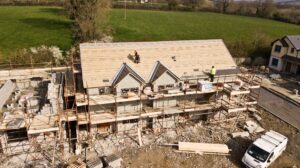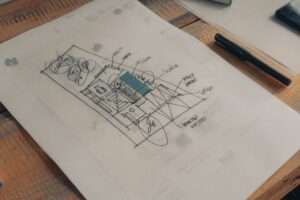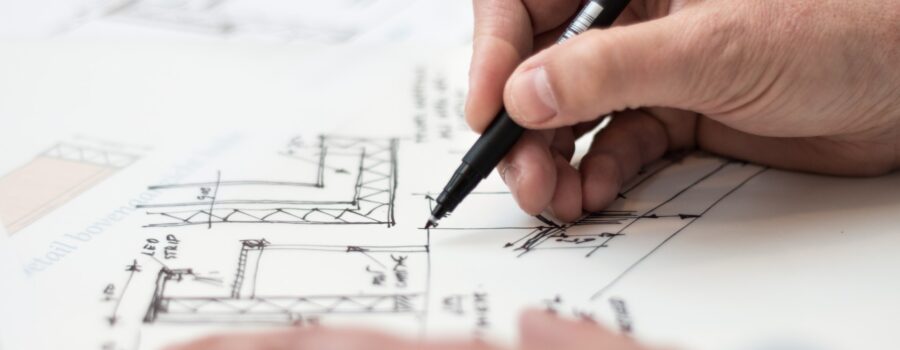
The 6 Essential Stages of the Construction Process Ensure Success
When you’re getting ready to construct a new home, it’s important that you’re aware of what the construction process entails, which should help to ensure success with the project. There are numerous stages of construction that must occur if you want the process to be completed without issue or delay. If you don’t adhere to these steps or decide to complete them out of order, the project will almost certainly be over budget once construction has been completed.
If the loan that you’ve received requires the project to be started and completed in a specific period of time, not following the most essential stages of the construction process could lead to the project being delayed, which may make it impossible for the project to be completed before the loan term ends.
The construction process can take a significant time to complete. The pre-construction process alone will likely take anywhere from 24-26 weeks to finish if you can gain the right approvals. The remaining stages of construction may take many more months depending on the efficiency of your team and the overall size of the property.
This article will provide an extensive look at the various stages of construction and how important they are to the success of your project.
6 Essential Stage of Construction Process Summary
- Planning and Designing Phase
- Pre-construction Phase
- Procurement Phase
- Construction Phase
- Close-Out Phase
- Post Construction Maintenance
1. Planning and Designing Phase
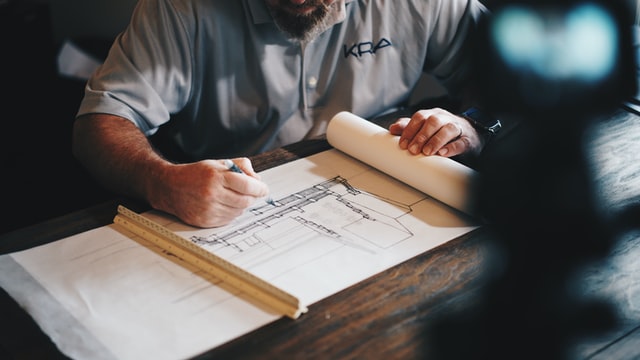
The planning and designing phase of the construction process involves creating concepts and designs for the property in question. You’ll be required to generate ideas, develop numerous concepts of the property, and perform research to make sure that the design is doable. The conception of your project will typically begin with the client. This individual will need to be fully satisfied with the property concept before you’re able to move on to the remainder of the construction process. If you are in charge of managing the project, you will likely have substantial say over how the property looks. This aspect of the construction process can take anywhere from several days to a couple of months depending on how long it takes to iron out the right concept.
Once the concepts have been created, it’s time to make a design of the project, which will likely require assistance from professional architects. When designing a home or commercial building, it’s important that the designs adhere to state regulations and building codes. Any home or commercial building that doesn’t meet local building codes could be demolished if the problem isn’t identified during construction. The four phases of the design stage include:
- Schematic design
- Programming and feasibility
- Contract documents
- Design development
Every goal of the design will need to be outlined before you then determine the size of the building and how many rooms it will have. The schematic design shows what the building will look like, after which contracts are drawn up to finalize the design and specifications, which will later be used to construct the actual building. This stage is essential because a building can’t be design without it. If you don’t detail every aspect of what you want the design to be, it’s likely that the construction team will make mistakes. This process usually take 3-6 weeks to complete.
2. Pre-construction Phase
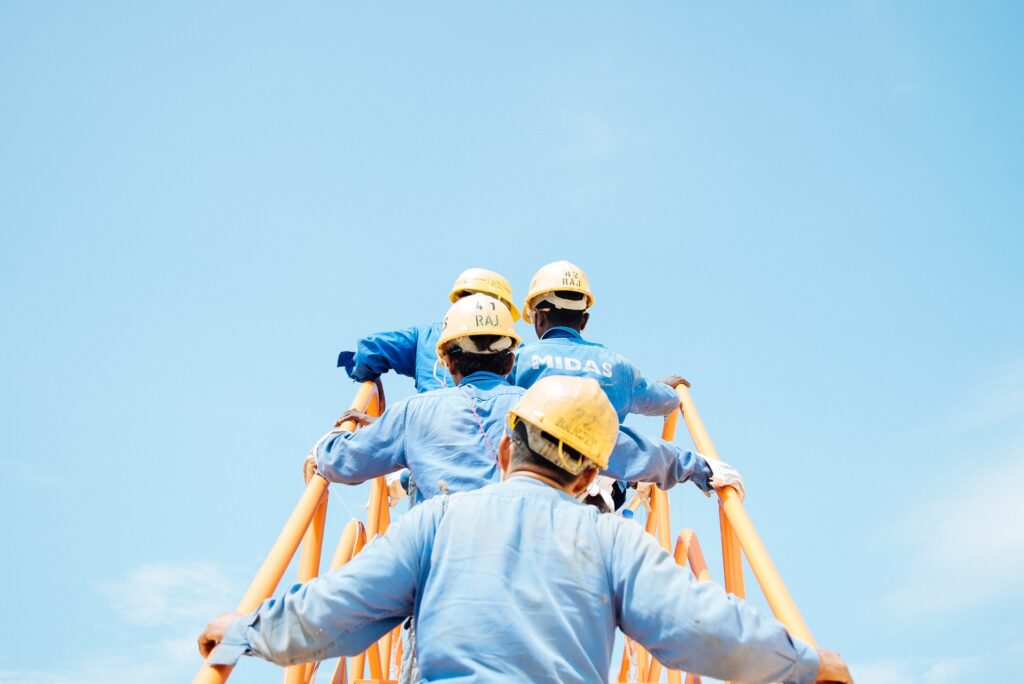
The pre-construction stage of the construction process can be as lengthy as the construction process itself and will usually last around 24-26 weeks. It’s at this stage when bidding on the project is completed and you select a contractor to perform the work. When the actual contractor has been selected, it’s time to choose a team for the job, which will include the following roles:
- Field engineer
- Health and safety manager
- Project manager
- Superintendent
- Contract administrator
During this phase, make sure that all legalities are completed so that the project will be able to proceed without issue. While the pre-construction phase is ongoing, you will need to prepare formal building contracts and finance applications while also submitting land settlement and building license applications for eventual approval. The materials for the project will also be chosen at this time, which include all of the doors, windows, and fixtures that will be used throughout the property. This process takes a long time to be completed because you’ll need to wait for your applications to be approved.
3. Procurement Phase

The procurement is among the most important stages of construction since it involves the procurement of all of the materials and supplies that you made decisions on during the pre-construction phase of development. During this stage, you will be tasked with ordering and obtaining the materials and supplies that are necessary for constructing the property, which can take some time depending on the size of the building.
Along with materials and equipment, now is the time that you should bring in the workforce for the project at hand. This process can take several weeks to finish. If you hire a reputable construction company for the job, they may handle procurement for you. Many of the largest construction companies have their own procurement departments. Most of the work in this stage will be done by the general contractor.
4. Construction Phase
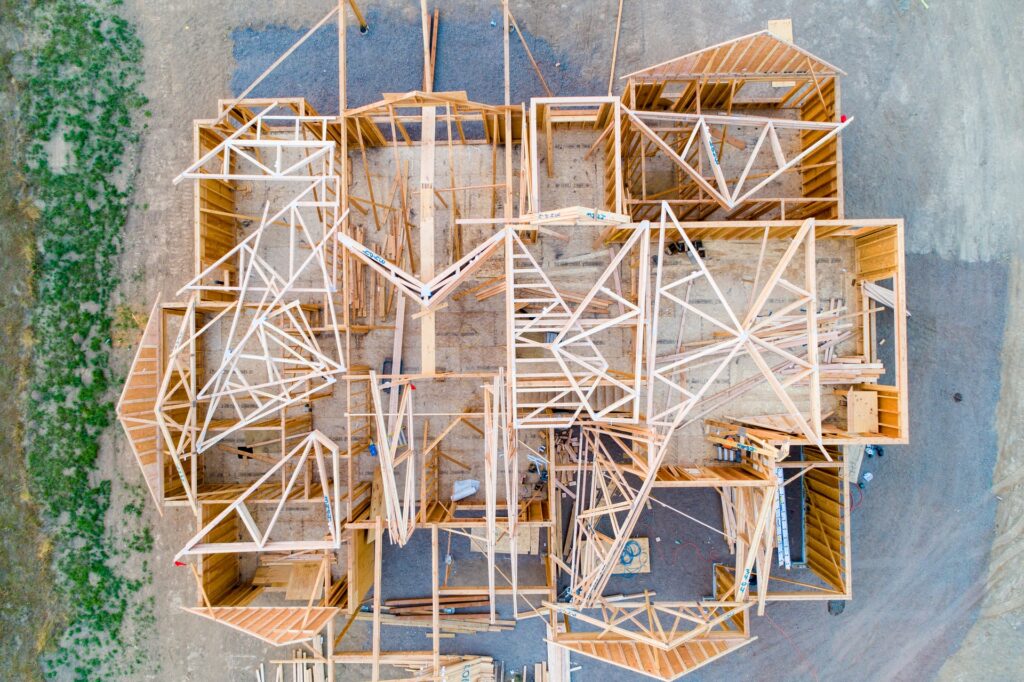
The construction phase of this process is the primary aspect of any development project. The time it takes to complete construction depends on the complexity of the project. If you’re building a relatively small home, construction may be completed in a matter of a month or two. Estate homes and commercial buildings take much longer to construct. During this stage, each worker is provided with their own schedule that they will need to adhere to.
Keep in mind that the right building permits will need to be obtained before construction can begin. Along with the general contractor, many subcontractors will likely play a role in this phase to make sure that every component of the home is constructed according to development plans. These subcontractors include everything from electricians to plumbers.
5. Close-Out Phase
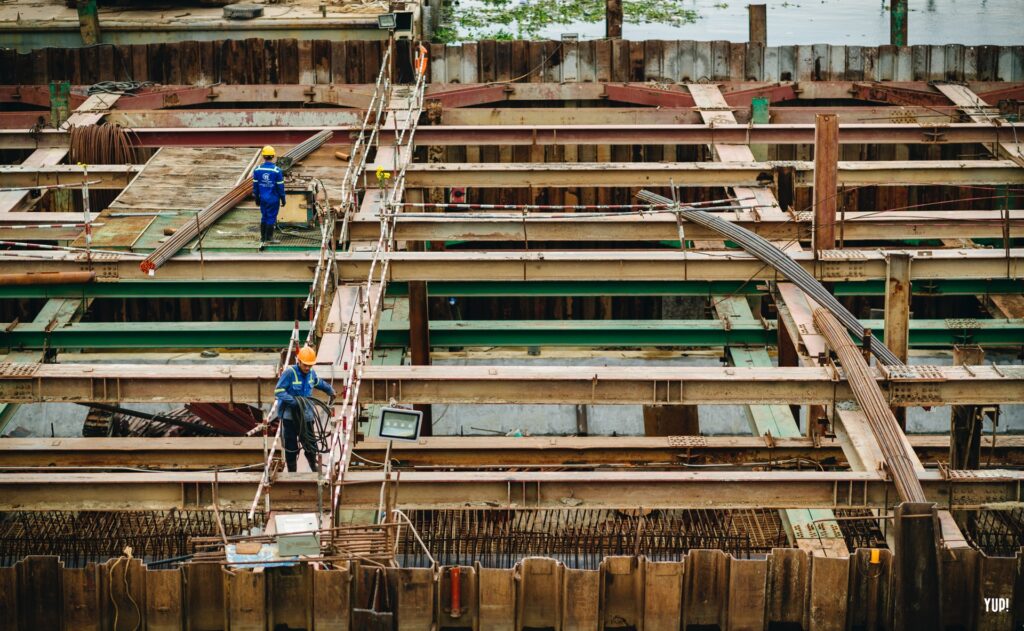
When construction has been fully completed, the next stage is referred to as the close-out phase of the process. At this point, it’s important that you make sure everything is completed before you transition to occupancy. For one, an inspection will need to take place to make sure that the building has been constructed to specification. As long as the construction team followed the development plans, there shouldn’t be any issues with this process. If previous inspections were held and issues were identified, this inspection will be used to determine that corrections were made.
The owner will then be able to take over the building in question and make sure that everything has gone according to plan. Many project managers will take the time at this juncture to complete a post-project review so that they can be certain all contractual obligations have been met. In the event that an aspect of construction hasn’t been completed as intended, legal issues could arise in the future, which is why a post-project review is usually essential. You can use this review to create a project completion report.
6. Post Construction Maintenance
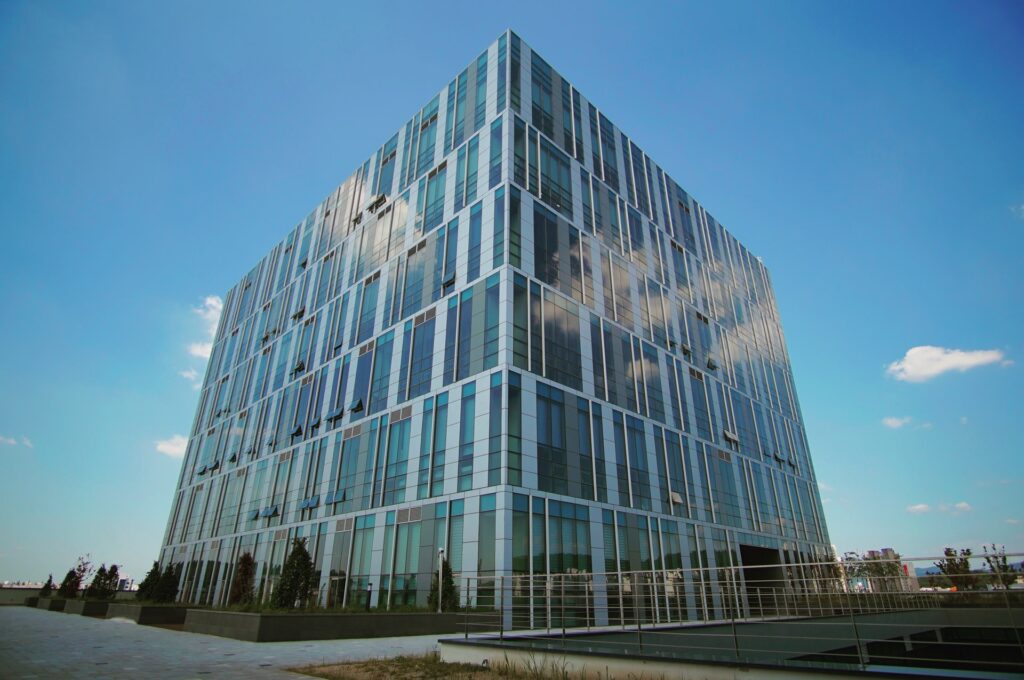
Post-construction maintenance is a very important stage of the construction process that’s completed after the owner takes control of the property. Builders will typically provide homeowners and other building owners with a specific maintenance period wherein they will wait a certain amount of time before coming back to your home and performing any necessary maintenance. Issues with construction aren’t always readily apparent immediately after a project has been completed, which is why it’s important that the contractor you hire provides you with post-construction maintenance.
During this maintenance, the construction team should take a look throughout your entire home to determine if there are any problems that need to be addressed with the foundation, structure, plumbing, or electrical systems in the home. If issues are identified, they will provide quick repairs or contact the subcontractor that will be able to fix the issue.
If you’ve noticed any problems with the property in the 6-12 months after you’ve owned it, you should mention these issues to the construction company that provides the maintenance. Once initial maintenance has been completed, many components in a home or commercial building will need to be replaced every 10-15 years. Obtaining regular maintenance can help you keep the building components in good condition.
Ensuring a Successful Construction Process
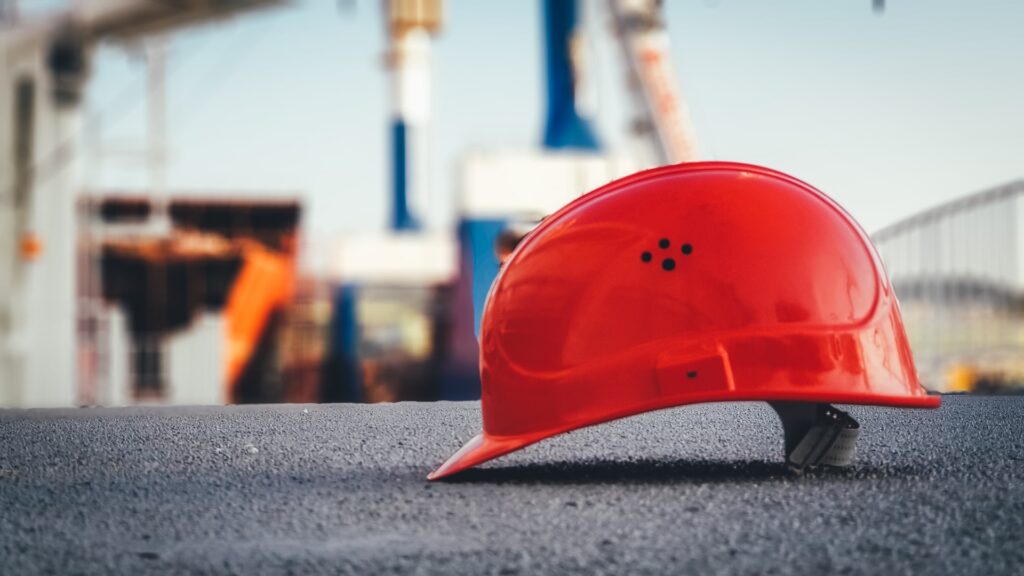
The construction process is a lengthy and time-consuming one that involves a myriad of moving parts. If you want to limit the mistakes that are made, it’s important that you’re aware of all of the steps involved in this process. If you don’t take the time to create numerous concepts of the property, the finalized design may not be to the liking of the property owner.
In the event that the pre-construction stage of construction is avoided to speed up the project timeline, you’ll likely find yourself or your construction team making mistakes on a daily basis. All of the six stages in this guide are essential if you want to complete a development project on time and under budget.

Jason Somers, President & Founder of Crest Real Estate
With over 15 years of professional experience in the Los Angeles luxury real estate market, Jason Somers has the background, judgement and track record to provide an unparalleled level of real estate services. His widespread knowledge helps clients identify and acquire income producing properties and value-ad development opportunities.
Learn more about Jason Somers or contact us.

